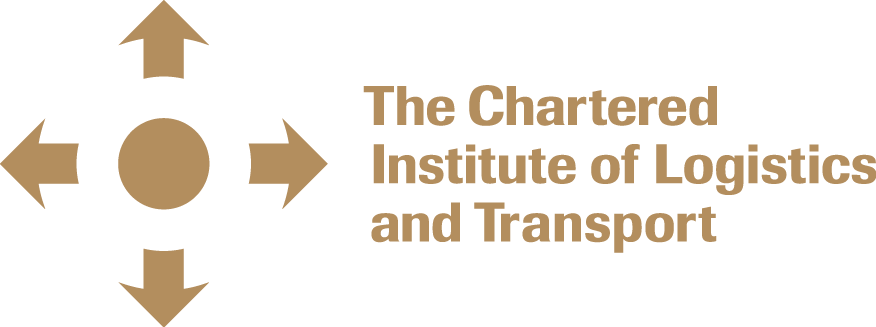Ocean containers have existed since 1956 and over the years have become the enablers of globalization. Boxes were always readily available, there was a good choice of carriers and fierce competition led to competitive pricing.
Until just before the pandemic, two factors combined to keep rates reasonable: bigger ships and “trade wars”. Carriers ordering bigger and bigger ships created economies of scale. The “trade wars” started by former US President Donald Trump resulted in a small decrease in international trade in 2019. But two elements pushed in the other direction: deregulation and industry consolidation.
For decades, ocean carriers have been allowed to work together by operating joint services, vessel sharing agreements and alliances which, in effect, limit competition and would be unthinkable in many other industries. Industry consolidation has been ongoing. In 2015, COSCO merged with China Shipping and CMA CGM acquired APL. In 2016 Hanjin went under, Maersk bought Hamburg Sud while Japanese carriers NYK, K Line and MOL merged into ONE. The year 2017 saw Hapag-Lloyd buy UASC and COSCO buy OOCL. As a result, there are fewer carriers today, and the big ones tend to increase their market share and to a certain extent, control the market.
When the pandemic hit in March 2020, economic activity slowed down, resulting in a reduction of ocean freight volumes of about 30 per cent in the second quarter. Following the rules of supply and demand, ocean rates should have come down. Instead, carriers worked together to limit supply so that rates remained stable. When business began picking up in fall of 2020, rates skyrocketed. If we look at the world’s busiest and most profitable lane, China to the US West Coast, where pre-pandemic rates were around US$3,000 a box, they reached a peak of around US$20,000 in October 2021 and have come down since to about US$8,000. There are gaps between contract rates and spot rates, but the trend remains: although there are still weekly and monthly fluctuations, ocean rates have been on the way down this year.
For supply chain managers, challenges don’t just come from costs. They are augmented by the lack of container availability, unreliable vessel schedules, blank sailings, tight space on ships, and congestion at port and terminal congestion. The container shortage has been particularly detrimental to Canadian exporters, as ocean carriers preferred to return their boxes empty to China right away in order to pick up another high-paying import load. Export rates out of Canada have been much lower than import rates.
What is the situation today for ocean containers? According to the recently released Drewry Container Census report, the global pool of shipping containers increased by 13 per cent in 2021, three times the normal trend, to almost 50 million TEUs, as lessors and ocean carriers ordered a record number of new containers. From the ocean carrier side, supply chain congestion and inefficiencies meant that containers were between 15 and 20 per cent less productive than pre-pandemic. Drewry estimated that each container averaged 18.1 lifts in 2021 compared to 19.2 in 2020 and between 19.5 and 20.6 in the 2010s. On a positive note, they estimate that we have as many as six millions TEUs of surplus containers in the global equipment pool. This is good news for shippers.
Christian Sivière, CEO, Solimpex, Ocean containers, Sept. 2, 2022
To read the full article, please visit: https://www.supplypro.ca/features/ocean-containers/

